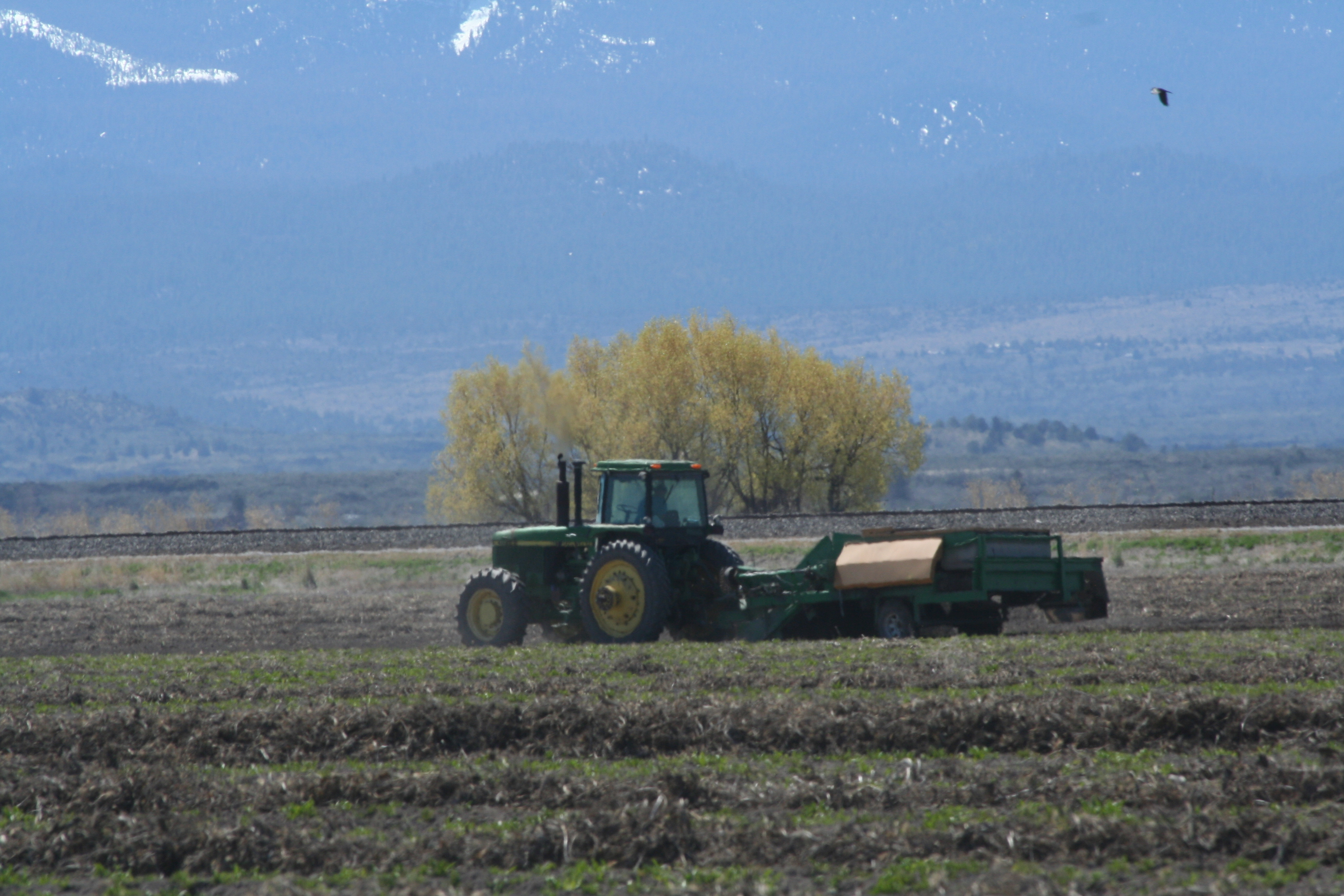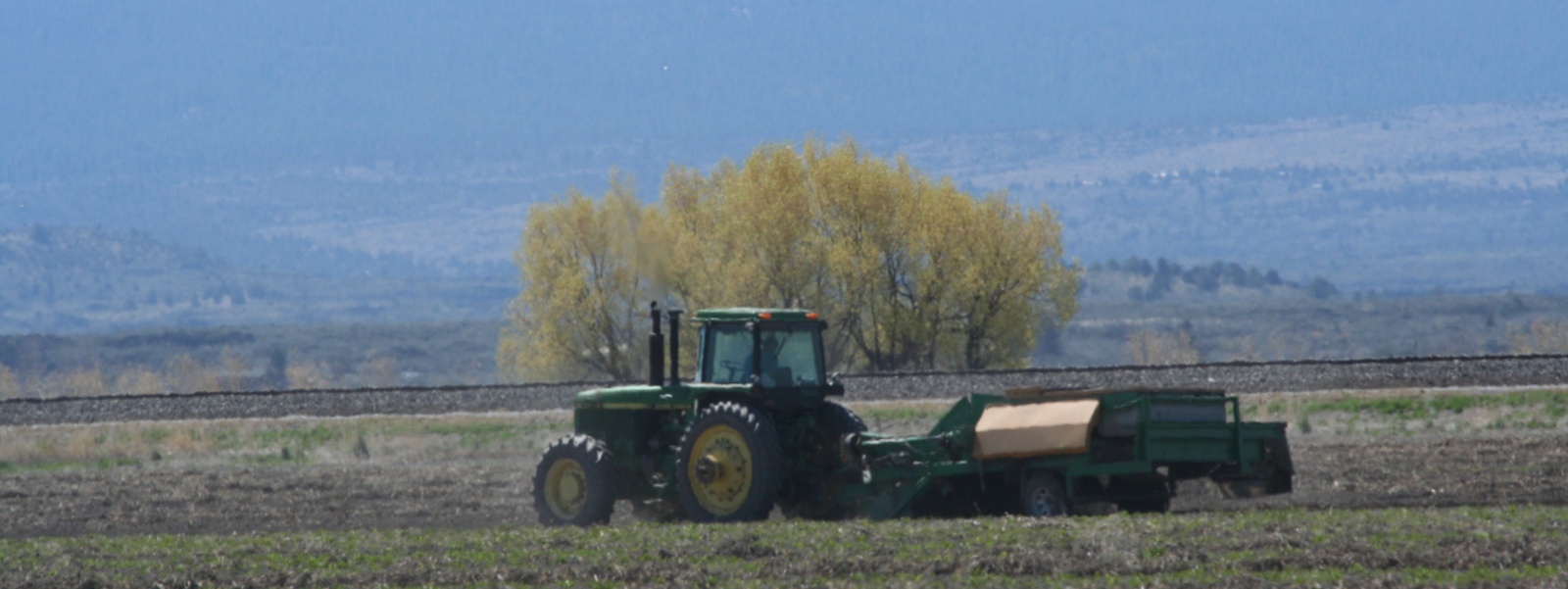Klamath Basin leaders call for full water allocation

An Oregon State University study said farmers in the Klamath Basin have suffered devastating economic impacts from water shortages in recent years.
Photo/Ag Alert file

By Christine Souza
Due to significant economic impacts to farmers and others in the Klamath Basin, county leaders are urging water officials to provide a full water allocation to irrigators this year.
In a statement, Klamath Water Users Association Executive Director Paul Simmons said inadequate water allocations have real consequences for working families and communities.
“We join supervisors from Siskiyou and Modoc counties and the commissioners from Klamath County in calling on federal agencies to take immediate action to provide a full supply for the 2024 water year and adequate irrigation supplies into the future,” he said.
“At all levels—from the top down—we need to respect the economic and socioeconomic realities of those who depend on the Klamath Basin for our livelihoods,” Simmons added.
The request for action comes in response to an Oregon State University study released last week that concluded water shortages in the Klamath Water Project have led to devastating regional economic impacts. The project area includes about 230,000 acres in Siskiyou and Modoc counties and Klamath County in Oregon.
The study found that as water shortages increase, so do impacts to the regional economy. If the U.S. Bureau of Reclamation delivers 225,000 acre-feet of water from Upper Klamath Lake, which is less than a full allocation, this reduces income by $34 million and leads to 650 lost jobs, the study said.
In addition, an allocation of 100,000 acre-feet costs $41 million in lost income and 790 lost jobs.
The water allocation from Upper Klamath Lake this year is 260,000 acre-feet and is equal to what was provided last year.
Water from Upper Klamath Lake is dedicated to fish species based on regulatory guidelines put in place by the National Marine Fisheries Service and U.S. Fish and Wildlife Service. NMFS has authority related to coho salmon, and USFWS has authority related to Lost River suckers and shortnose suckers.
Between 2020 and 2022, the water supply available from Upper Klamath Lake ranged between zero and 155,000 acre-feet. Significant water shortages also occurred in 2018, 2015, 2014, 2010 and 2001, the report noted. If farmers and ranchers’ access to groundwater is also restricted, the report said, losses to the regional economy could grow to more than $64 million and 1,340 jobs.
Reduced water supplies led to a decrease of sales and property tax revenues in the three counties, the study added.
“For 20-plus years in the Klamath Project, we have seen firsthand the devastating economic impacts of reduced or zero water deliveries,” said Modoc County Supervisor Ned Coe, who is also a field representative for the California Farm Bureau.
“From farmland going fallow to people having to exit the business, the mental toll that longtime water uncertainty has had on rural communities is staggering,” Coe said. “We encourage officials to review the OSU report and really understand the impact that their water policy decisions have on farm-gate value when water is reduced.”
Modoc County is part of the Tri-Counties group, which comprises elected leaders representing Siskiyou and Modoc counties and Klamath County, Oregon.
Citing “an urgent need for policies that balance environmental concerns with economic realities,” the Tri-Counties group urged federal agencies to take immediate action to provide a full supply for the 2024 water year and adequate irrigation supplies into the future.
Crops and livestock produced in the Klamath Basin are worth $368 million annually, generating $176.5 million in income for 3,180 full- and part-time employees, the study said.
Crops grown in the Klamath Project include grain, alfalfa, onions, potatoes, peppermint and strawberries.
A full water supply from Upper Klamath Lake is approximately 450,000 acre-feet, but the bureau limits diversions to no more than 350,000 acre-feet regardless of how much water is physically available, the study reported.
(Christine Souza is an assistant editor of Ag Alert. She may be contacted at csouza@cfbf.com.)




